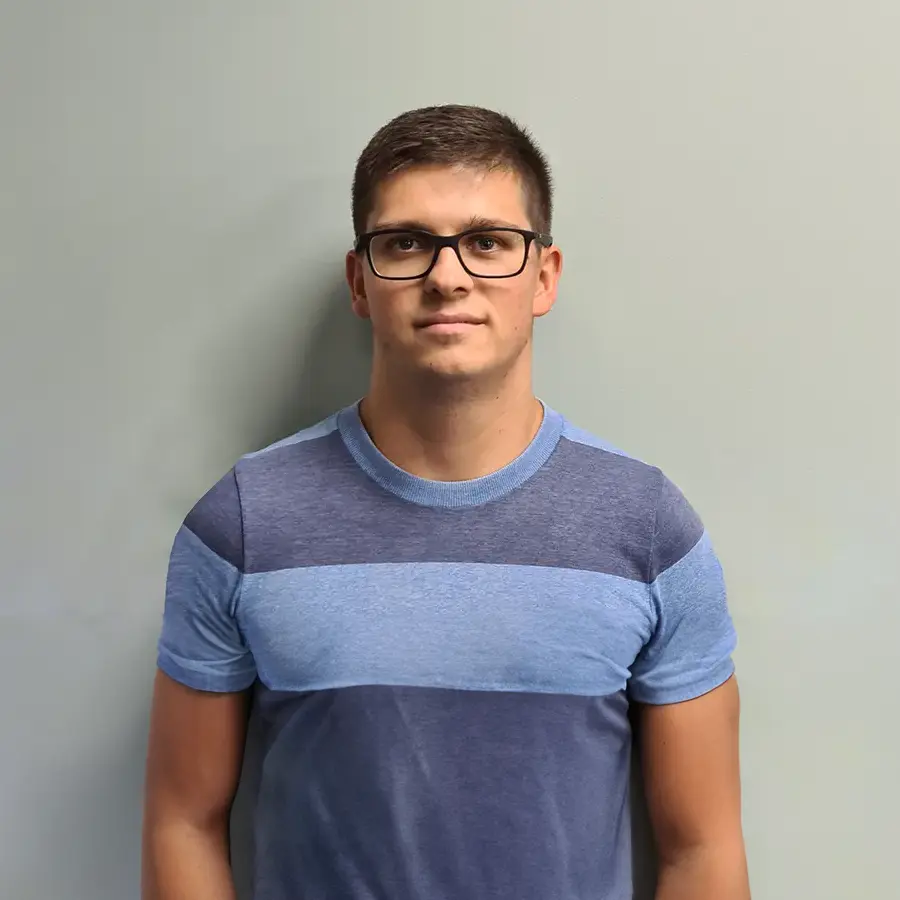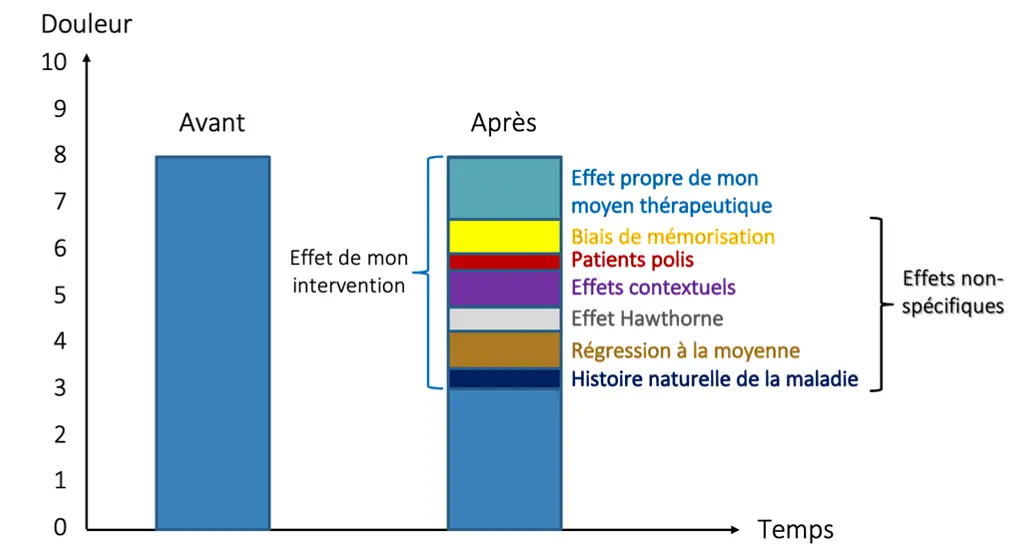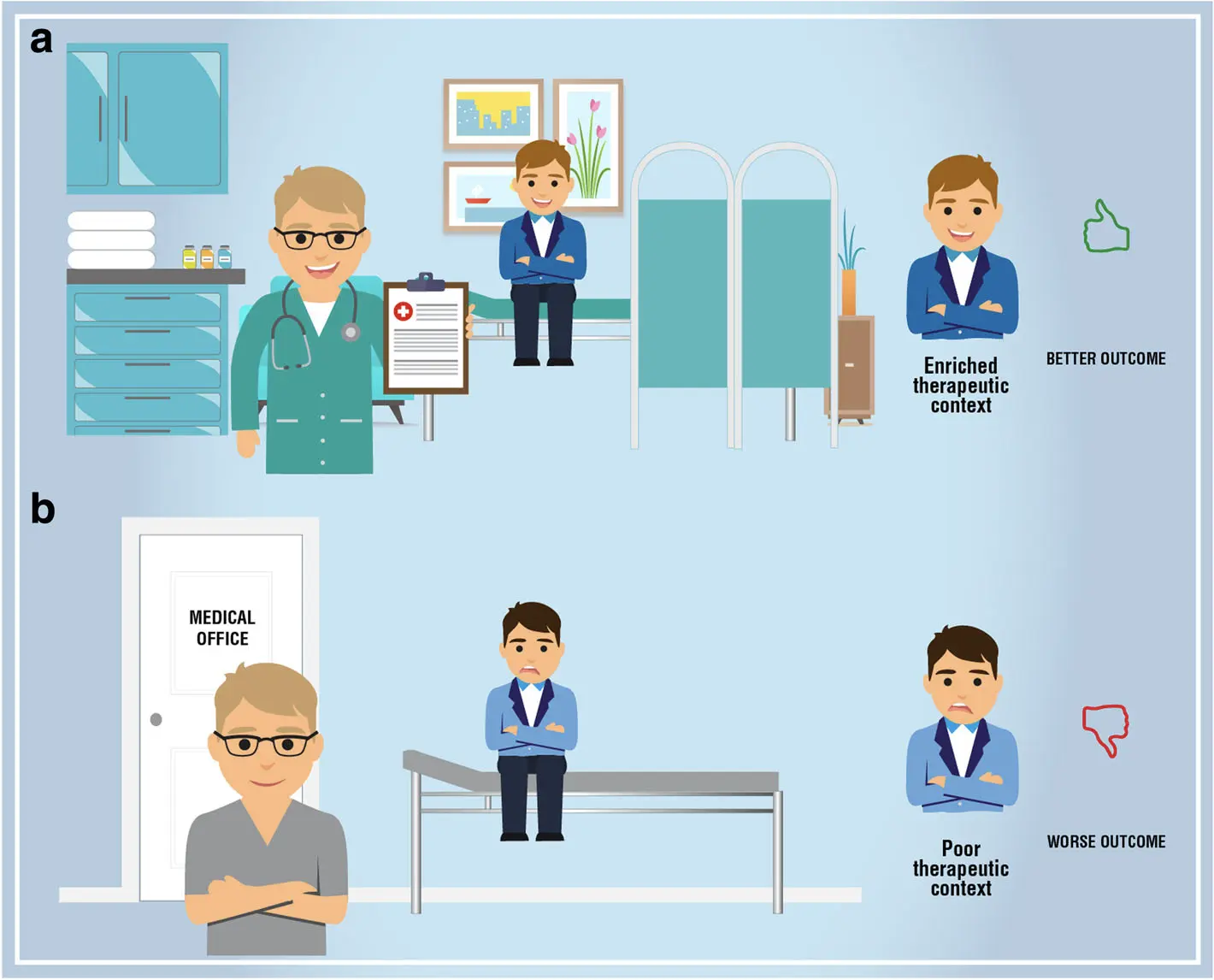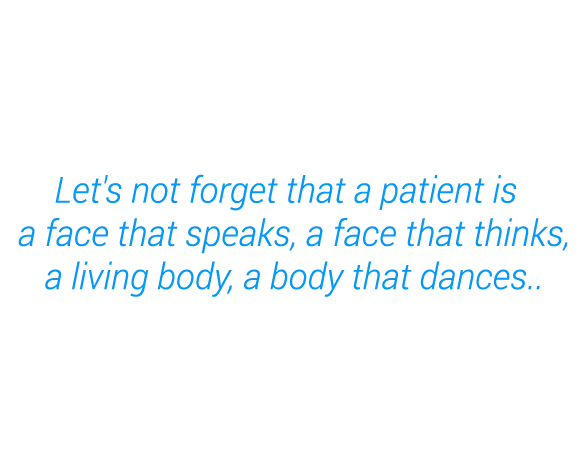Focus on our teacher : Clément DE RENTY
The CEERRF sets up a hot news every month, it is a focus on its teachers, their expertise or one of their works which are shared here and brought to your attention.

Clément de Renty is a licensed physiotherapist, having graduated from CEERRF in 2019. Currently, he practices independently within the high-level sports structure at CDFAS after several years of experience in a functional rehabilitation center in Menucourt, Val d’Oise.
He has been teaching in various physiotherapy schools, including CEERRF, for several years, focusing on themes such as research and sports physiotherapy. Additionally, he actively participates in multiple research projects, writing endeavors, and interventions related to these same themes.
“Heal” or “Care” ?
Taking a step back from our clinical practice
Today, we strive to achieve a certain objectivity through various means (comprehensive assessments, scientific research, practical clinical outcomes, etc.). This research aims to help us offer our patients the best therapeutic methods based on their needs. However, it is crucial not to forget that each case is unique, offering an opportunity for self-reflection to continually improve, always in the interest of the patient. To better understand and gain perspective on the challenges therapists may face, we will discuss several factors that influence our practice and interpretations. (1)
Source : Pallot A, Davergne T, Gallois M, Guémann M, Martin S, Morichon A, et al. Evidence-based practice en rééducation. Démarche pour une pratique raisonnée. Elsevier Masson. 2019.
Non-specific effects in clinical practice
These effects encompass various factors that can impact our clinical outcomes. They differ from the specific effects of therapeutic interventions in clinical practice but are inherent to the care context. Here are some examples (2) :
Placebo and Nocebo Effects
These non-specific effects are crucial to consider as they can lead to placebo or nocebo effects. The latter can be defined as all factors that may have a positive (placebo) or negative (nocebo) impact on the outcomes observed in clinical practice. It is practically impossible to control all these factors in various clinical situations. However, our communication can help us avoid especially detrimental nocebo effects for our patients. Our communication should not only account for the patient’s expectations, needs, and activities but also, most importantly, their interpretations and emotions related to what we propose in their best interest. Choosing our words carefully is essential, as they carry meaning. We are responsible for the interpretation the patient may derive from them. (3)
A bit of nuance …
All these elements seem to steer us away from the objectivity we seek, raising numerous legitimate questions that can disrupt our judgment. Nuance is therefore essential to consider all these factors, and it can manifest in several ways. (4):
And the patient in all this ?
The bio-psycho-social model encourages us to actively listen to the patient, establishing a partnership with the individual seeking help for a potentially significant issue. The therapeutic relationship depends on all the factors mentioned earlier, particularly our communication and the mutual trust that can be established. It appears essential to understand a person in order to provide care, or rather, to take care. (5)
Bibliography
- Piveteau D. Soigner ou Prendre soin ? la place éthique et politique d’un nouveau champ de protection sociale. Laennec. 2009;57(2):19‑30.
- Pallot A, Davergne T, Gallois M, Guémann M, Martin S, Morichon A, et al. Evidence-based practice en rééducation. Démarche pour une pratique raisonnée. Elsevier Masson. 2019.
- Frisaldi E, Shaibani A, Benedetti F. Understanding the mechanisms of placebo and nocebo effects. Swiss Med Wkly. 1 sept 2020;150(3536):w20340‑w20340.
- Kleiner MJ, Kinsella EA, Miciak M, Teachman G, McCabe E, Walton DM. An integrative review of the qualities of a ‘good’ physiotherapist. Physiother Theory Pract. 2 janv 2023;39(1):89‑116.
- Barker KL, Reid M, Lowe CJM. Divided by a lack of common language? – a qualitative study exploring the use of language by health professionals treating back pain. BMC Musculoskelet Disord. 5 oct 2009;10:123.





